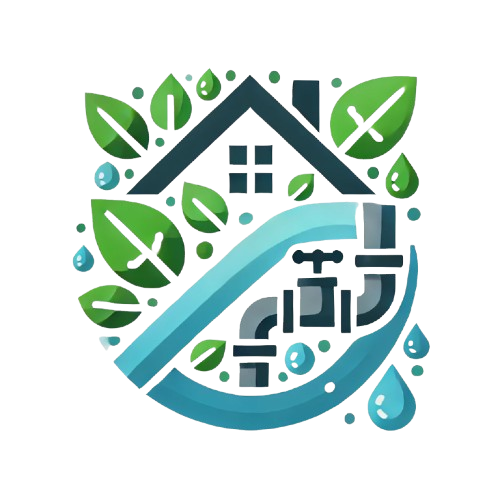Overview of Environmental Regulations in Canada for Building Repairs and Renovations
Canada is globally recognized for its commitment to environmental protection, and this commitment is strongly reflected in the country’s building repair and renovation regulations. From reducing greenhouse gas emissions to conserving water and managing hazardous materials, various environmental regulations play a key role in guiding construction and renovation projects. This article will provide a comprehensive overview of the key environmental regulations in Canada that apply when repairing, replacing, or improving infrastructure, including roofs, windows, plumbing, and sewer systems.

The Importance of Environmental Regulations
Environmental regulations serve as a critical framework to ensure that construction activities minimize their impact on natural resources, air quality, and public health. In the context of building repairs and renovations, these regulations promote sustainable practices that not only preserve the environment but also increase energy efficiency and reduce long-term costs for property owners.
In Canada, these regulations are enforced by federal, provincial, and municipal governments, with additional oversight from industry organizations such as the Canadian Green Building Council (CaGBC) and provincial environmental agencies.
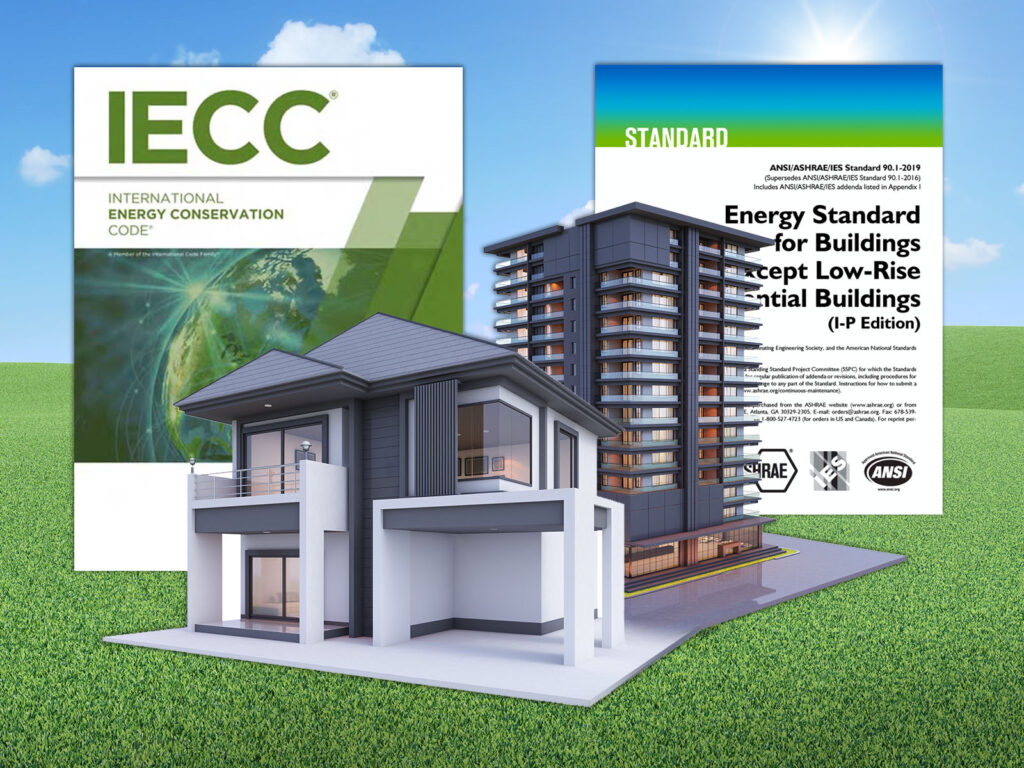
Key Areas of Environmental Regulation in Building Repairs and Renovations
1. Energy Efficiency and Building Codes
Canada’s National Energy Code for Buildings (NECB) outlines strict energy efficiency standards that apply to both new constructions and renovations. When replacing or upgrading elements like windows, doors, and roofing materials, property owners must comply with these standards to reduce energy consumption. For example, high-performance windows that minimize heat loss or roofing materials that reflect sunlight and reduce cooling costs are commonly required under NECB regulations.
2. Water Conservation and Plumbing Regulations
Canada faces increasing challenges in water conservation, especially in urban areas. To address this, building repair projects that involve plumbing systems must meet water conservation standards outlined in both provincial and local regulations. Many provinces mandate the installation of low-flow fixtures, such as faucets, toilets, and showerheads, to reduce water consumption. Additionally, greywater systems, which reuse water from sinks and showers for non-potable purposes, are encouraged in both residential and commercial renovations.
3. Waste Management and Recycling in Construction
When undertaking building repairs or renovations, a significant amount of waste is generated, ranging from construction debris to discarded building materials. Canadian environmental regulations emphasize the importance of proper waste management and recycling during these projects. Materials like concrete, metal, wood, and glass must be sorted and recycled where possible, reducing the amount of waste sent to landfills. Provincial regulations may vary, but contractors are often required to submit waste management plans that detail how construction waste will be handled sustainably.
4. Hazardous Materials Management
Many older buildings contain hazardous materials such as asbestos, lead paint, and mercury, which pose significant health and environmental risks. Federal regulations, such as the Canadian Environmental Protection Act (CEPA), outline strict guidelines for the identification, removal, and disposal of hazardous materials during building repairs. For instance, if asbestos is found during a roof or plumbing upgrade, certified professionals must handle its removal according to government standards to prevent contamination of the surrounding environment.
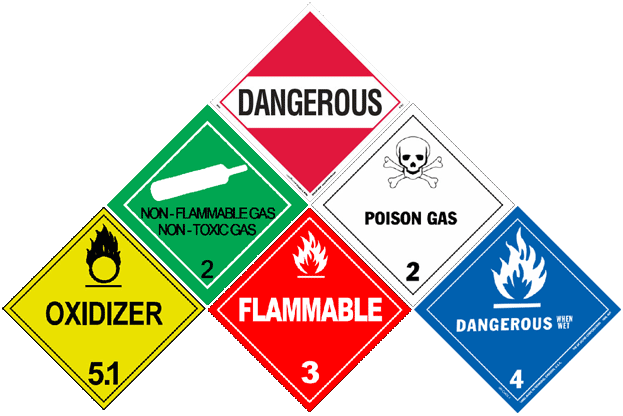
5. Sewer System Regulations and Stormwater Management
Replacing or upgrading sewer systems in Canada requires compliance with both environmental and public health regulations. Many municipalities are implementing green infrastructure solutions for stormwater management, such as permeable pavements, green roofs, and bioswales, to reduce the burden on traditional sewer systems and prevent flooding. Additionally, regulations require that any repairs to sewer lines must meet modern environmental standards to prevent contamination of nearby waterways.
6. Air Quality and Emission Reductions
Renovations, particularly those involving energy systems or ventilation, must comply with air quality standards to reduce emissions. The Canadian Environmental Protection Act (CEPA) and provincial equivalents regulate emissions from construction activities, including dust, volatile organic compounds (VOCs), and other pollutants. For example, replacing outdated HVAC systems with energy-efficient models helps to reduce greenhouse gas emissions, while also improving indoor air quality for building occupants.
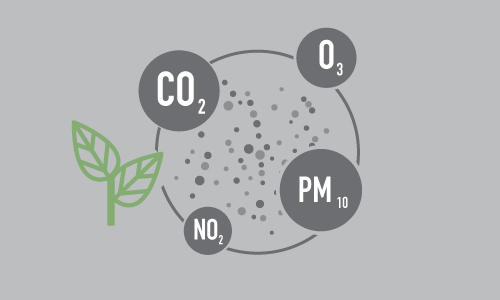
Compliance with Green Building Certifications
In addition to federal and provincial regulations, many building repair and renovation projects in Canada seek to meet voluntary green building certifications, such as LEED (Leadership in Energy and Environmental Design) or BOMA BEST (Building Environmental Standards). These certifications set even higher standards for energy efficiency, water conservation, and sustainable materials use. While not mandatory, meeting these certifications can help property owners achieve greater long-term savings and contribute to a healthier environment.
Challenges and Opportunities in Environmental Compliance
While environmental regulations provide a necessary framework for sustainable building practices, complying with these regulations can sometimes present challenges, particularly in older buildings or for smaller contractors. The cost of upgrading to energy-efficient materials or ensuring proper waste management may increase the upfront cost of renovation projects. However, long-term benefits—such as lower energy bills, increased property value, and reduced environmental impact—make compliance a worthwhile investment.
Many provinces and municipalities also offer incentives and rebates to offset the costs of compliance. For example, the federal Greener Homes Initiative offers financial support for energy-efficient home renovations, including roof replacements and insulation upgrades. These programs encourage property owners to go beyond minimum compliance and embrace a greener future for their homes and buildings.
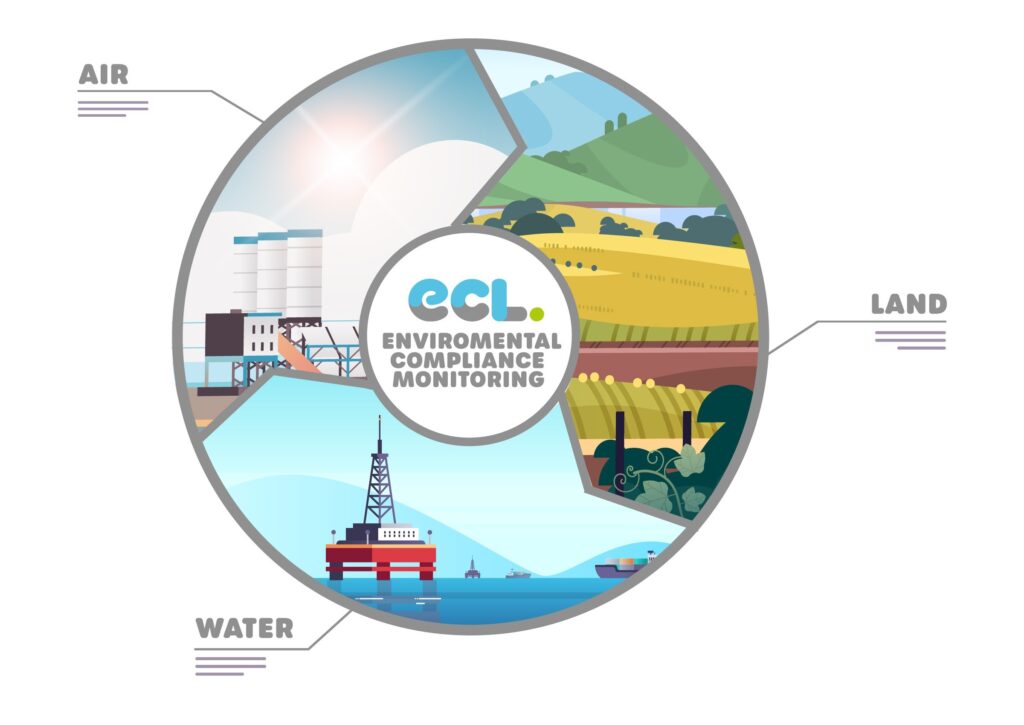
Conclusion
Environmental regulations play a crucial role in shaping how repairs, replacements, and improvements are conducted in Canadian buildings. Whether upgrading windows to meet energy efficiency standards or ensuring proper disposal of hazardous materials, compliance with these regulations helps protect Canada’s natural resources and contributes to a sustainable future. For property owners, contractors, and developers, staying informed about these regulations and integrating them into renovation projects will not only ensure legal compliance but also enhance the overall performance and longevity of their buildings.
